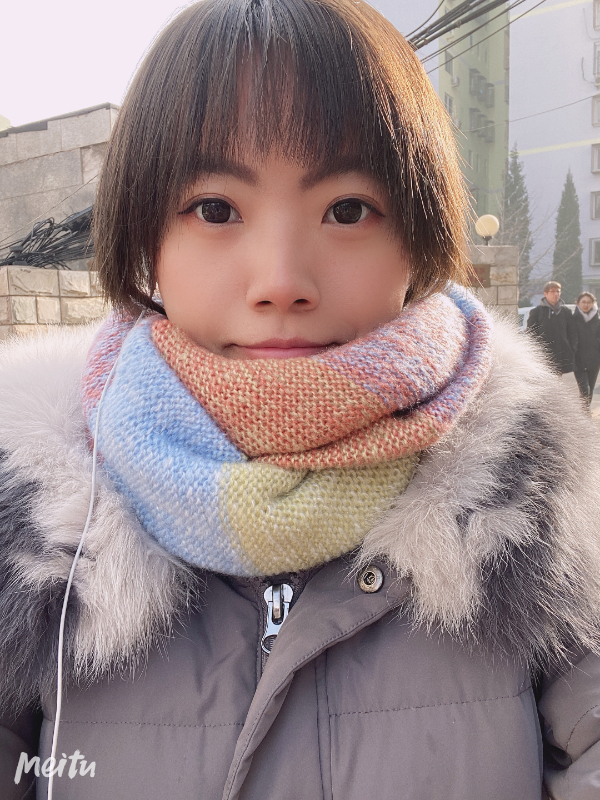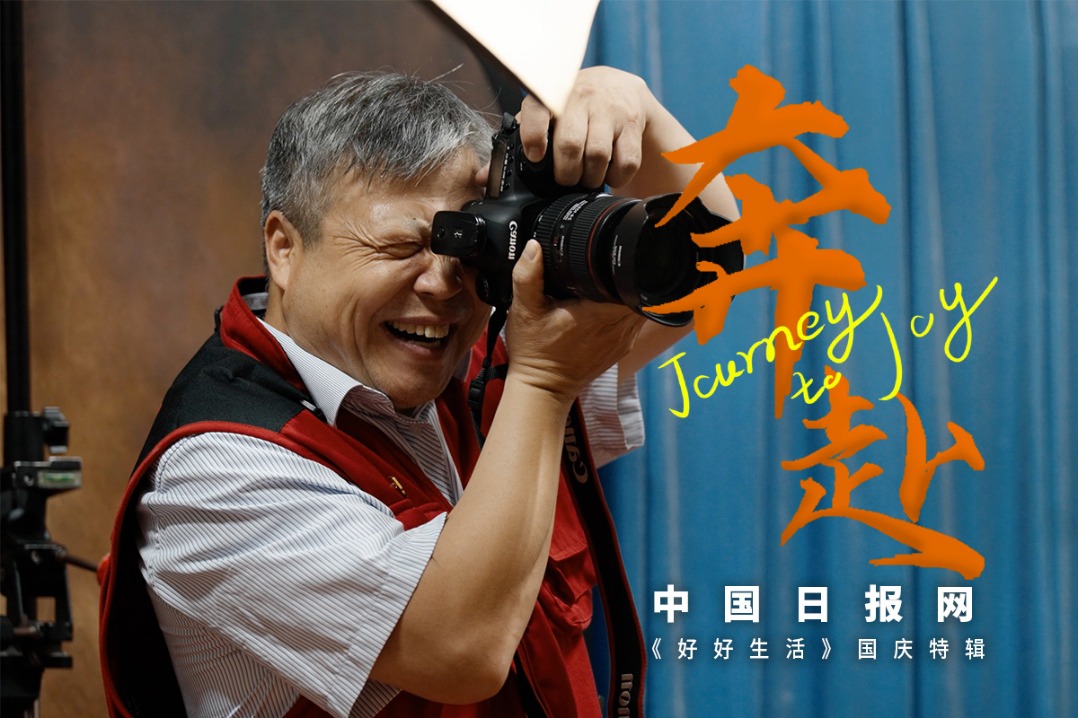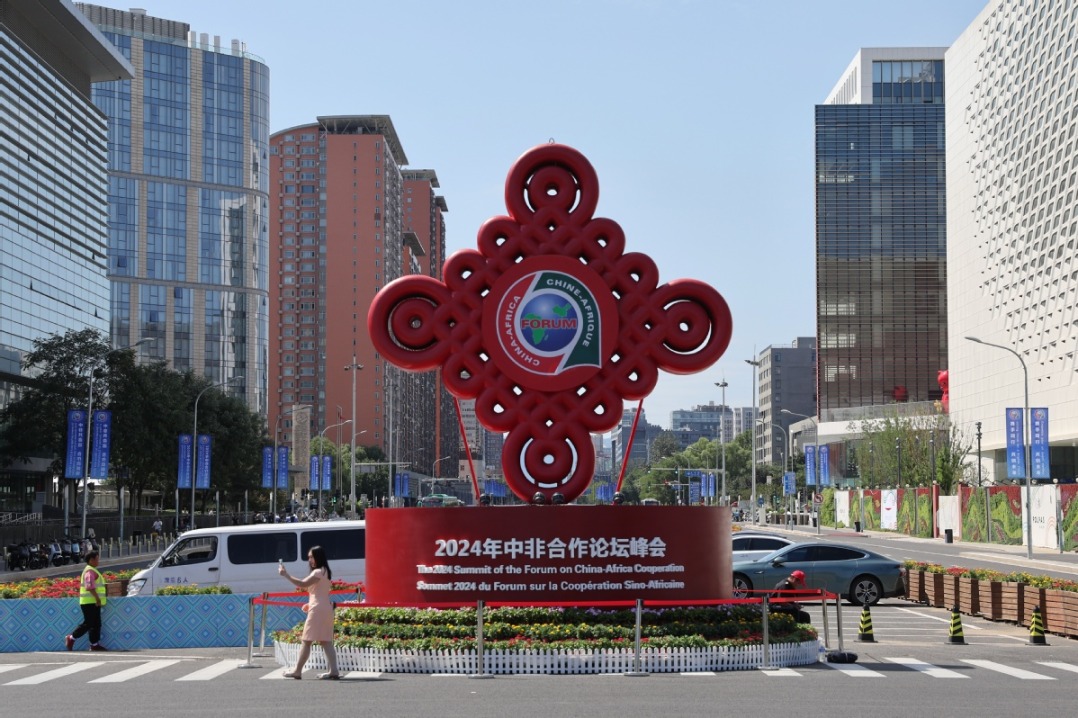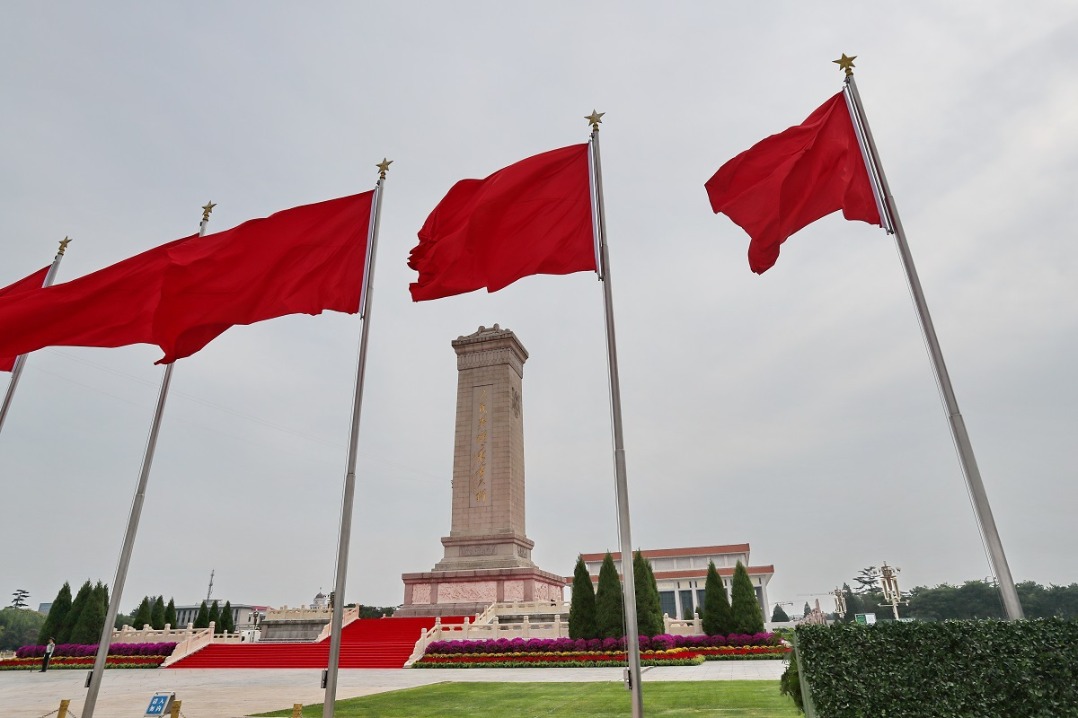Reporter's log: A tourist carries home vivid images of people obscured by sands of time
By Chen Meiling | CHINA DAILY | Updated: 2021-02-16 13:45

I was like opening a sealed box with unknown contents when the guide randomly opened one of the old caves at Mogao Grottoes in Dunhuang, Gansu province. Excited, inquisitive tourists then embarked on a journey of mystery.
All eyes followed the tiny points of light from the guide's small flashlight, to learn stories of the past from the mottled Buddhist statues and murals in the darkness.
In my trip to the city in December,I had the privilege of exploring grottoes. It was a breathtaking experience.
Some wall paintings depicted musicians playing the pipa, a Chinese lute with four strings, as well as complex gestures of dancers at parties in an ancient royal court. Some showed traders and envoys from the West, on the backs of camels, entering a pass. Others depicted thrilling scenes of hunting in the woods. Few of the modern visitors made a sound while admiring the exquisite artwork of their ancestors.
The statues-even those whose faces had turned black, and some having lost an arm or two to natural weathering-didn't interrupt the solemn power of Buddhism. The Mogao Grottoes, a UNESCO World Heritage site, comprise 735 caves built by believers from 366 to the Yuan Dynasty (1271-1368). They are a large-scale historical and artistic treasure for the world.

Thanks to its being the off-season, my group was able to see 12 caves, and I easily exceeded the ticket's value, purchased at a 50 percent discount online the previous day. Tourists must make appointments a month in advance during peak season (June to October) and are allowed to see a maximum of eight caves.
Before entering the grotto area, tourists watched two 20-minute movies at the visitor's center about 9 kilometers from urban Dunhuang. There's one about the construction history and another, shown on a circular screen, providing a 3D introduction to the major caves. It's part of an effort to increase the knowledge of tourists before they see the relics with their own eyes.
A woman sitting next to me as we headed for the site by bus was excited. She told me she had read the autobiography of Fan Jinshi, the honorary president of the Dunhuang Academy, and knew the grottoes from Fan's personal perspective.
Strict rules are enforced to protect the relics, such as a ban on the use of smartphone cameras. Body temperature measurements and masks were required for epidemic control. When I came out from the three-hour exploration, I was amazed that I had paid more than 100 yuan ($15.40) for fridge magnets, keychains and postcards at a souvenir store. But they help preserve the memory and feel of the place.
Transportation around the Dunhuang area is not difficult to find. All the services you may need-hotels, taxis and shopping-are efficiently offered. The high-end hotel I booked, which cost only 130 yuan per night, gave me a silk memento as gift. It also provided free pickup service from the airport. The city, which receives few outsiders in winter, welcomes tourists using deep discounts and opportunities for a better experience.
























